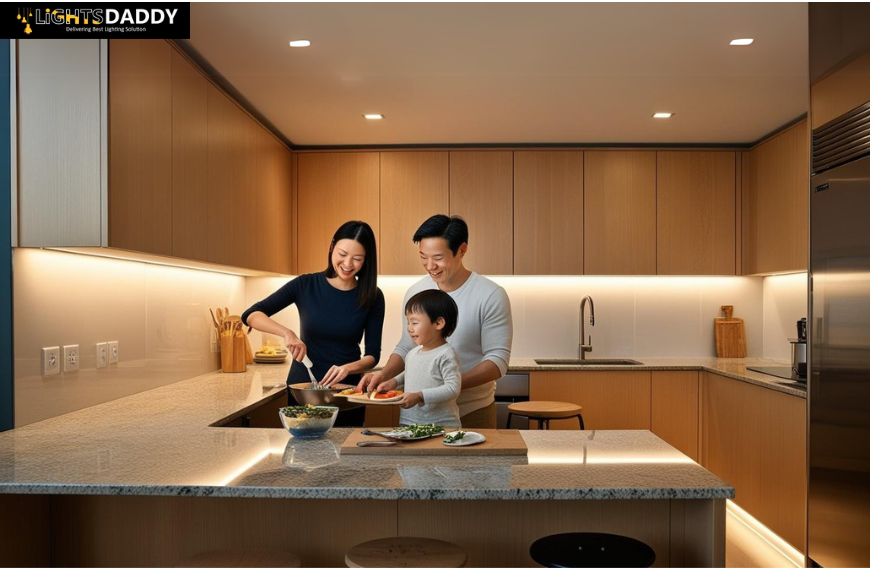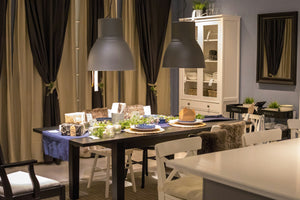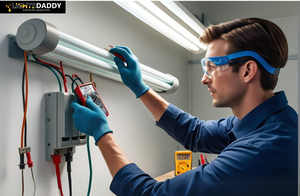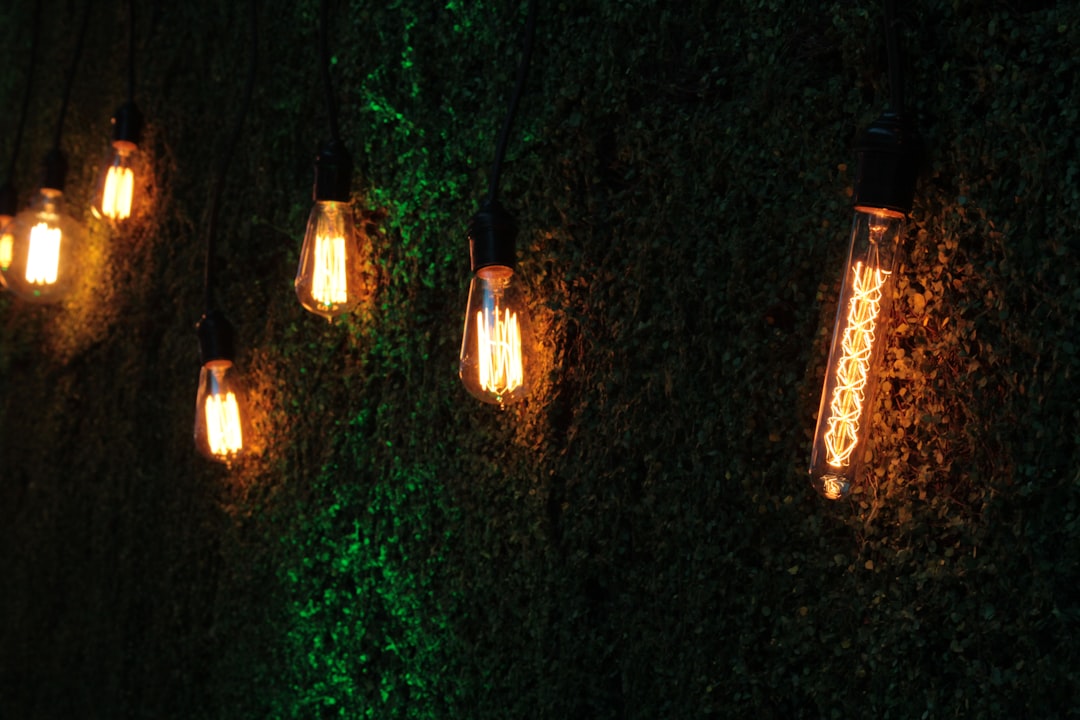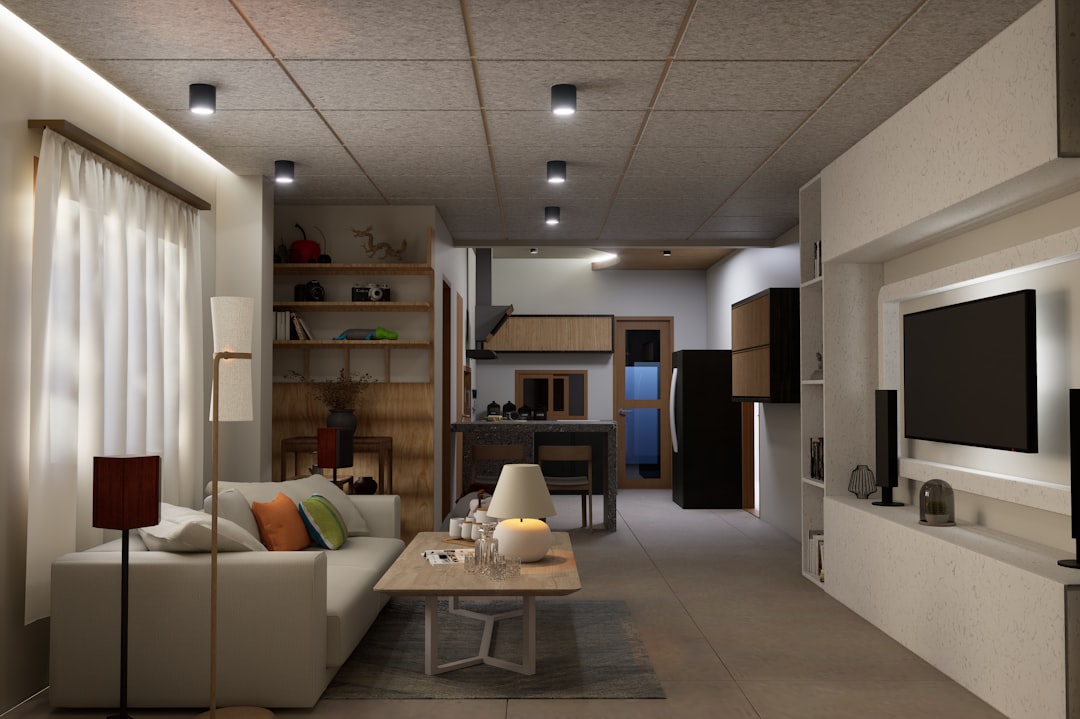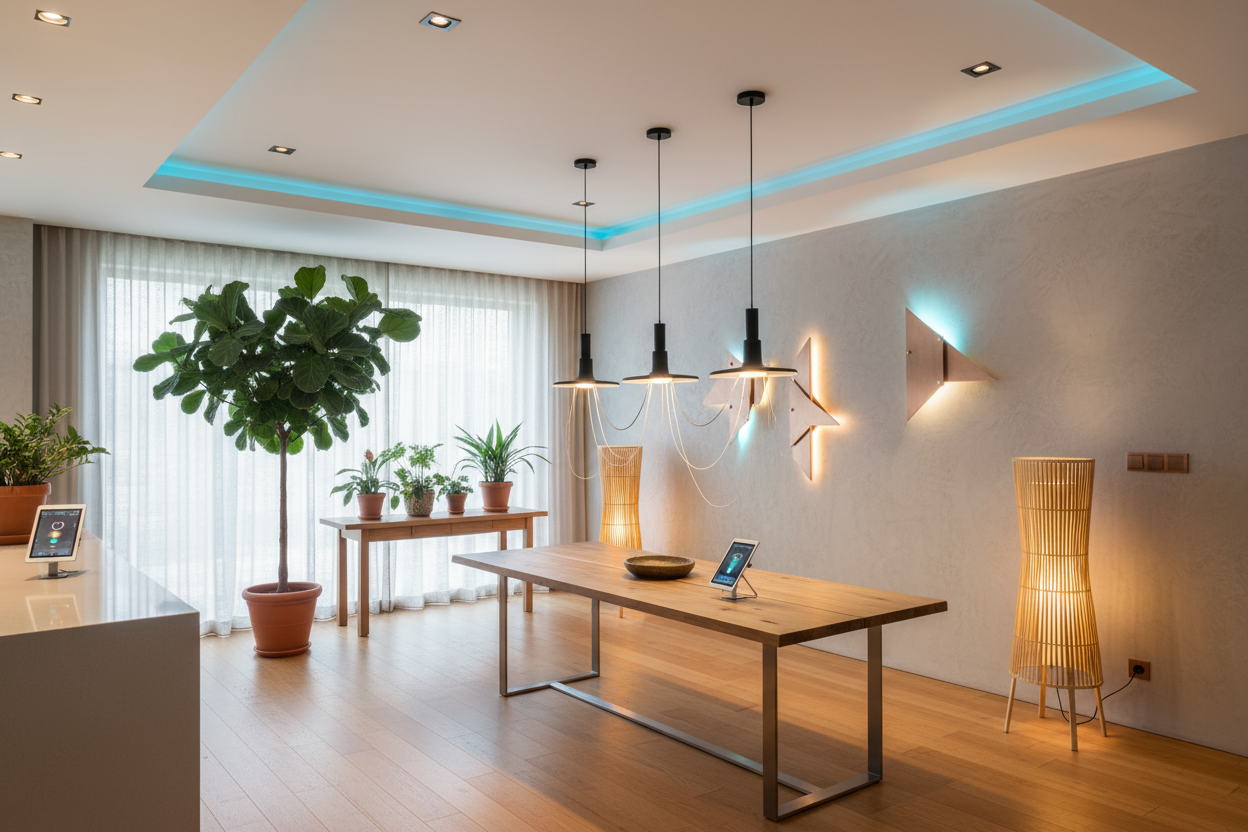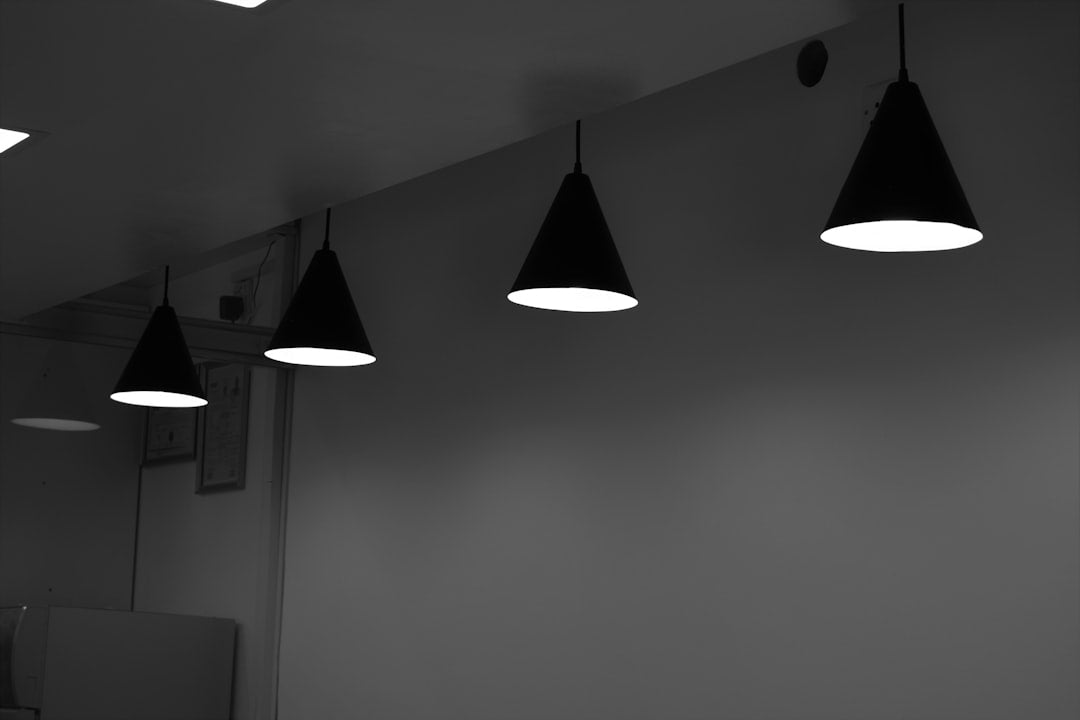Installing under cabinet lights is one of the easiest ways to brighten your kitchen, workspace, or bathroom. If you've been searching how to put under cabinet lights, how to install cabinet lights, or mounting under cabinet lights, you're in the right place. This beginner-friendly guide walks you through everything you need to know, from why you should add under cabinet lights to how to install them properly.
Why Install Under Cabinet Lights?
Adding under cabinet lights can completely change the way your space looks and feels. These lights are more than just pretty accessories; they offer real benefits for everyday use.
Functional Benefits in Kitchens and Workspaces
Under cabinet lights improve visibility when you cook, prep food, or work on a task. They eliminate shadows that overhead lights can create. For kitchens, this means safer slicing and better ingredient prep. In workspaces, they improve focus and reduce eye strain.
Aesthetic Upgrade for Modern Homes
Installing cabinet lighting also boosts the visual appeal of your home. It adds a sleek, modern feel and highlights design elements like countertops and backsplashes. The added lighting gives your space a professional finish.
Products from the indoor lighting can match the look and purpose of your space easily. If you’re also updating your outdoor spaces, the outdoor lighting offers weather-ready options with similar design styles.
Types of Under Cabinet Lighting Explained
Before choosing your lights, it helps to know the different types available. Each has its pros and cons depending on where and how you plan to install them.
1. LED Strips vs. Puck Lights vs. Light Bars
-
LED Strips: Flexible and easy to install. Ideal for long cabinets.
-
Puck Lights: Round lights that provide focused light. Best for spot lighting.
-
Light Bars: Offer even lighting across the cabinet. Great for uniform brightness.
An example of a slim and bright light bar is the Daymeet 12 inch under cabinet light, which includes three color options and a remote.
2. Plug-in vs. Hardwired vs. Battery-Operated
-
Plug-in: Easiest to install, just plug into an outlet.
-
Hardwired: Requires electrical wiring but looks more built-in.
-
Battery-Operated: No wires needed. Great for renters or temporary setups.
A practical example of wireless lighting is the Vznek under cabinet lights (2500 mAh). This model includes motion detection, dimming, and is easy to recharge.
Tools and Materials You’ll Need
Installing cabinet lights doesn’t require advanced tools, but a few basics will make the job easier.
Must-Have Tools for Installation
-
Tape measure
-
Screwdriver or drill
-
Level
-
Pencil or marker
-
Double-sided tape or mounting brackets (based on light type)
Choosing the Right Lighting Kit
Look for a lighting kit that includes power adapters, connectors, and mounting clips. Some kits also allow you to change brightness levels and switch between light colors.
Extra pieces like wire covers and dimmers can be found in the lights accessories, which works well with most under cabinet setups.
How to Install Cabinet Lights
Now let's break it down step by step. Whether you're using LED strips, bars, or puck lights, the process is fairly similar.
-
Step 1 – Plan and Measure Your Space
Measure the length of your cabinets and decide how many lights you need. Consider the power source location. Mark where you want to place each light for best coverage.
-
Step 2 – Mount the Fixtures
Use double-sided tape for lightweight LED strips or brackets for light bars and puck lights. Secure them tightly to avoid drooping or falling.
-
Step 3 – Connect Power (Plug-in or Hardwire)
If it's plug-in, route the cord neatly to the nearest outlet. For battery-operated, insert the batteries or charge them fully. For hardwired setups, consider hiring an electrician unless you have experience.
-
Step 4 – Test and Final Touches
Turn on the lights to check placement and brightness. Adjust if needed. Hide wires using clips or adhesive channels for a cleaner look.
Smart Tips for a Professional Look
You don’t need to be a pro to make your lights look professionally installed. Here are a few tricks.
-
Where to Position the Lights for Best Results
Place lights near the front edge of the cabinet for even illumination. Avoid putting them too far back or centered.
-
Hiding Wires Like a Pro
Use adhesive clips or wire covers that match your cabinet color. Run wires along the cabinet edge and down to outlets.
-
Using Light Diffusers or Dimmers
Diffusers soften harsh light. Dimmers give you control over brightness. Look for lights with built-in dimming functions or use an external dimmer.
Common Mistakes to Avoid
Even simple installations can go wrong. Avoid these common issues to ensure a smooth setup.
-
Overloading a Power Source
Don’t plug too many lights into one outlet. Check the total wattage and ensure it’s safe for the circuit.
-
Poor Light Placement
Lights that are uneven or placed too far apart can cause dark spots. Space them evenly and test as you go.
-
Inadequate Adhesion or Loose Fixtures
Clean surfaces before mounting. Use strong adhesive or screws for heavier lights. Loose fixtures can fall and break.
Maintenance & Troubleshooting Tips
Keep your lights working their best with these simple care tips.
Cleaning and Replacing LEDs
Wipe lights with a dry cloth. Avoid water. If an LED goes out, check the manual for replacement instructions.
What to Do If the Lights Flicker or Fail
Check the power connection and battery charge. For plug-in lights, inspect the adapter. Flickering may mean a loose connection.
A simple plug-in light like the Daymeet or a wireless option like Vznek can make your kitchen or workspace brighter and easier to use. Matching them with the right lighting setup helps complete the space with consistency and function.
FAQs
Can I install cabinet lights without an electrician?
Yes. Plug-in and battery-operated lights are DIY-friendly. Only hardwired setups may require professional help.
How do I choose the right color temperature?
Warm white (2700K-3000K) is cozy and great for kitchens. Cool white (4000K-5000K) is better for workspaces.
Is it better to hardwire or plug in under cabinet lights?
Plug-in is easier and renter-friendly. Hardwired looks built-in and is ideal for permanent setups.
Do under cabinet lights use a lot of electricity?
No. LED lights are energy-efficient and cost less to run.
How long do LED cabinet lights last?
Most LED lights last 20,000 to 50,000 hours. That means years of use with little maintenance.

